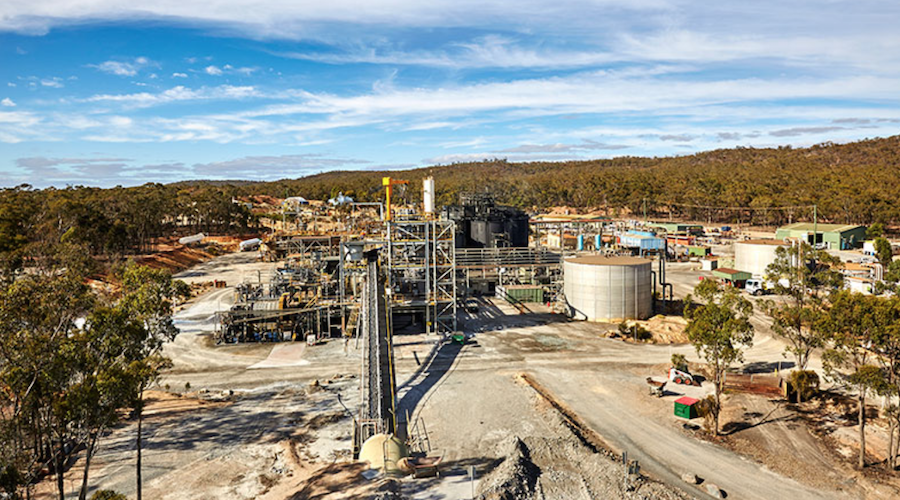
Canada’s Kirkland Lake Gold (TSX. NYSE: KL) announced today that management increased its consolidated three-year production guidance and improved its unit-cost guidance for 2019.
In a press release, the miner said that there is potential for a million ounces in 2019 as guidance was increased to 920,000 – 1,000,000 ounces from the previously announced 740,000 – 800,000 ounces.
For next year, Kirkland Lake said guidance would be 930,000 – 1,010,000 ounces and for 2021 995,000 – 1,055,000 ounces.
The Toronto-based firm rose the three-year guidance for its Fosterville mine in Victoria, Australia to 550,000 – 610,000 ounces for 2019 and 2020, from the previous 390,000 – 430,000 ounces, but kept the 2021 production guidance at 570,000 – 610,000 ounces.
The company also expects output from its Holloway mine in Ontario, Canada, to grow as operations are set to be resumed soon. Guidance for this mine was set at 20,000 ounces in 2019 increasing to 50,000 ounces by 2021.
Fosterville’s improvement is related to changes to the mine plan to provide access to high-grade Swan Zone stopes earlier than previously expected.
The Kirkland Lake also improved its 2019 consolidated unit-cost guidance with operating cash costs per ounce guidance revised to $300 – $320 from $360 – $380 previously, with AISC per ounce sold improved to $520 – $560 compared to previous guidance of $630 – $680; Fosterville’s 2019 operating costs per ounce sold guidance improved to $170 – $190 from $200 – $220 previously.
The company also announced Mineral Reserve and Mineral Resource estimates for December 31, 2018, which include growth in Mineral Reserve ounces and average grades at both Fosterville and Macassa, as well as on a consolidated basis. Consolidated mineral reserves increased by 1.1 million ounces or 24% to 5,750,000 ounces @ 15.8 grams per tonne (“g/t”).
“Since November 2016, Fosterville has been transformed into one of the world’s highest-grade, most profitable gold mines, which has greatly benefited Kirkland Lake Gold and its shareholders. The completion of Fosterville’s December 31, 2018, Mineral Reserve and Mineral Resource estimates, with the related revisions to its life of mine plan and production profile, have taken that transformation to an even higher level, with the potential for much more to come,” said Tony Makuch, President and Chief Executive Officer of Kirkland Lake Gold, in the media statement.
Makuch emphasized that it is the 34% increase in the Fosterville Mineral Reserve grade that is driving the million-ounce revised production guidance. He also praised the effectiveness of the infill drilling programs both at Fosterville and Macassa, the latter in Canada.
“At Fosterville, there is considerable potential for further Mineral Reserve growth at a number of areas, including the Swan Zone, other parts of the Lower Phoenix system, Harrier and a number of other targets, like Robbin’s Hill, where early exploration results demonstrate the potential for attractive economic orebodies. Turning to Macassa, we converted close to half a million ounces of Mineral Resources to Mineral Reserves in 2018 and have a number of high-potential areas in and around the South Mine Complex that we are targeting for future growth in Mineral Reserves and Mineral Resources,” Makuch said.